When most people think about traditional nature photography, black and white images of towering mountains and rushing rivers in the American West are often what comes to mind. It’s a genre that was made popular by men like Ansel Adams and Edward Weston, whose work in the early 1900s often positioned the natural world as something that is remote, wild and untouched.
But missing from this tradition is another kind of landscape — the natural beauty found within cities.
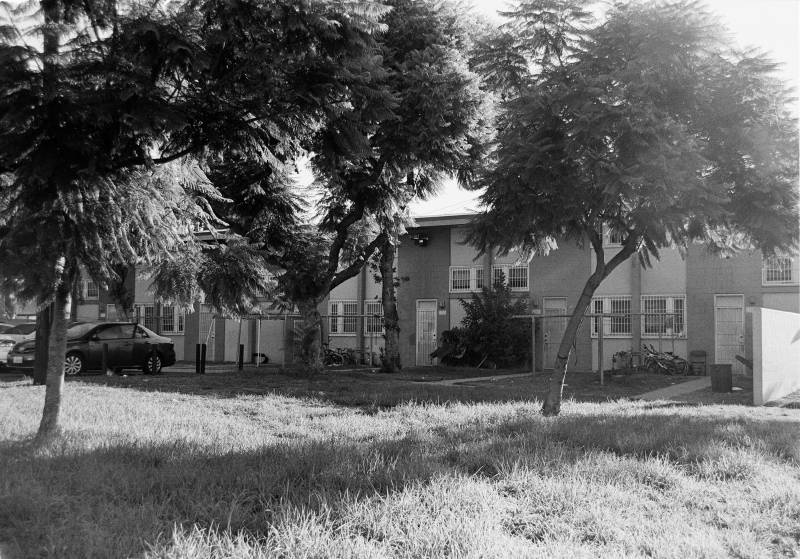
It’s in these settings that the California-based photographer Chanell Stone, 29, challenges this genre of photography. Working within predominantly Black neighborhoods in Brooklyn, Los Angeles and her home city of Oakland, Stone photographs locations like overgrown lots and green spaces at public housing projects, often including herself in the frame.
“For many Black people, rural nature, places like national parks, aren’t very accessible,” says Stone. “Sometimes it’s the cost, but more often the issue is societal. As Black people, it feels like these rural spaces aren’t for us. I want to turn that idea on its head.”
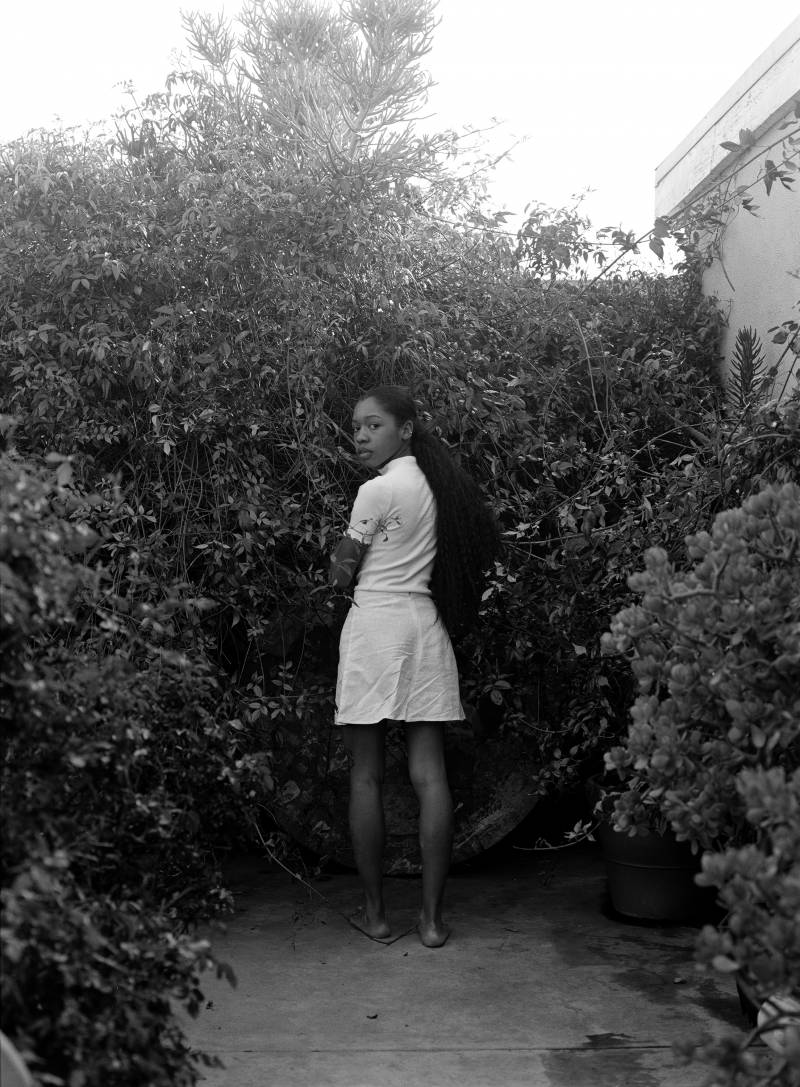
The data seems to back this up. Black Americans account for less than 2% of national park visitors, according to a 2018 report published by the George Wright Society.
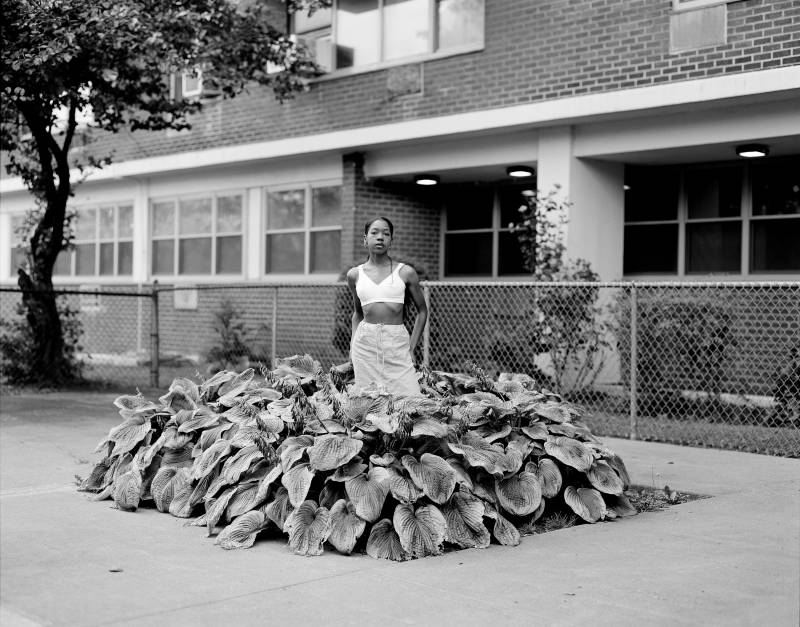
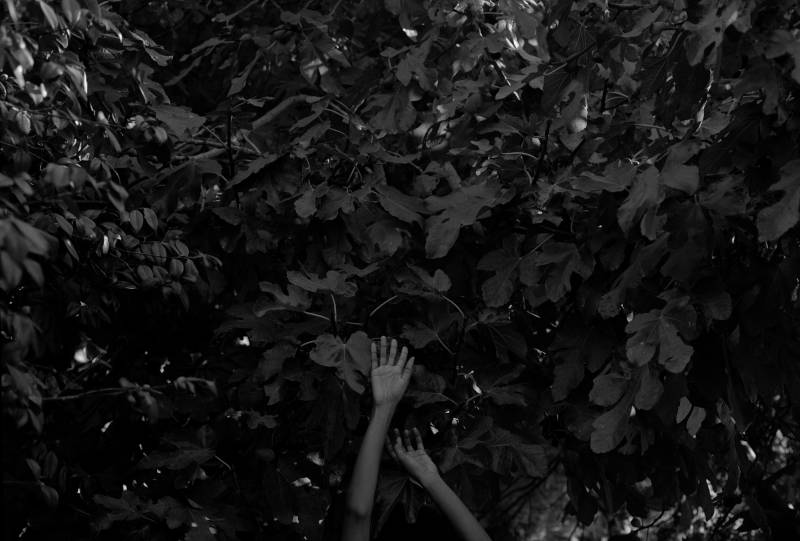
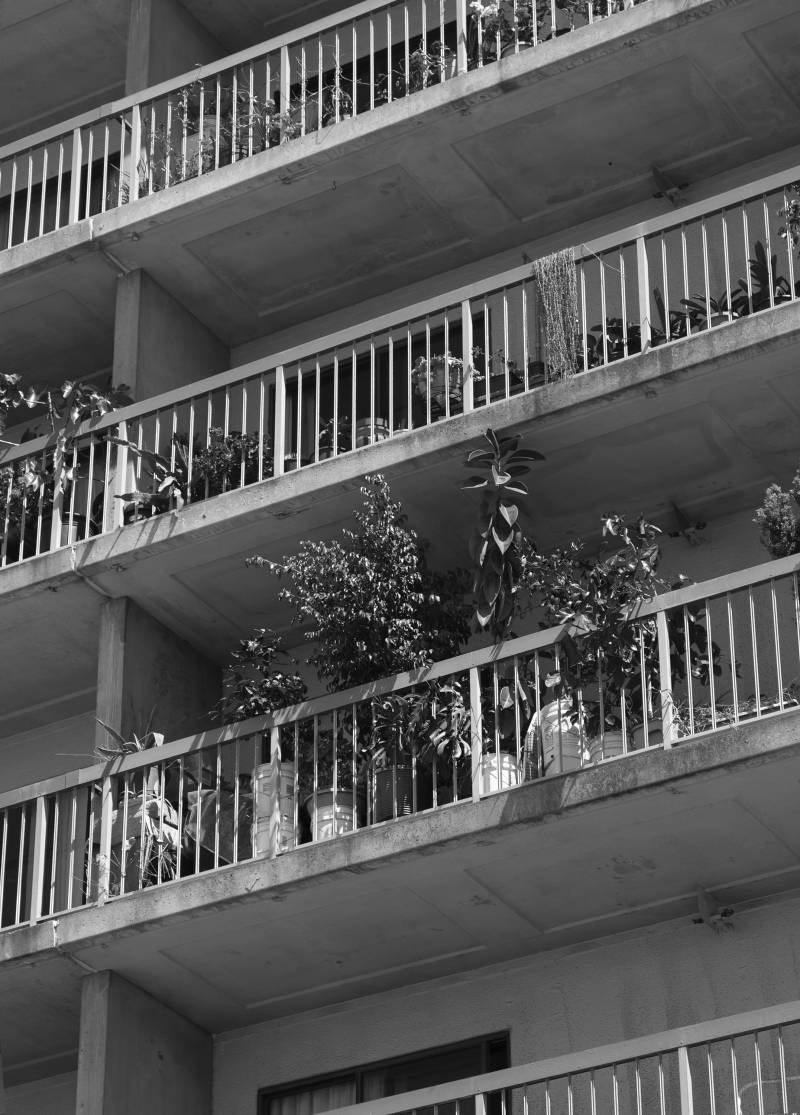
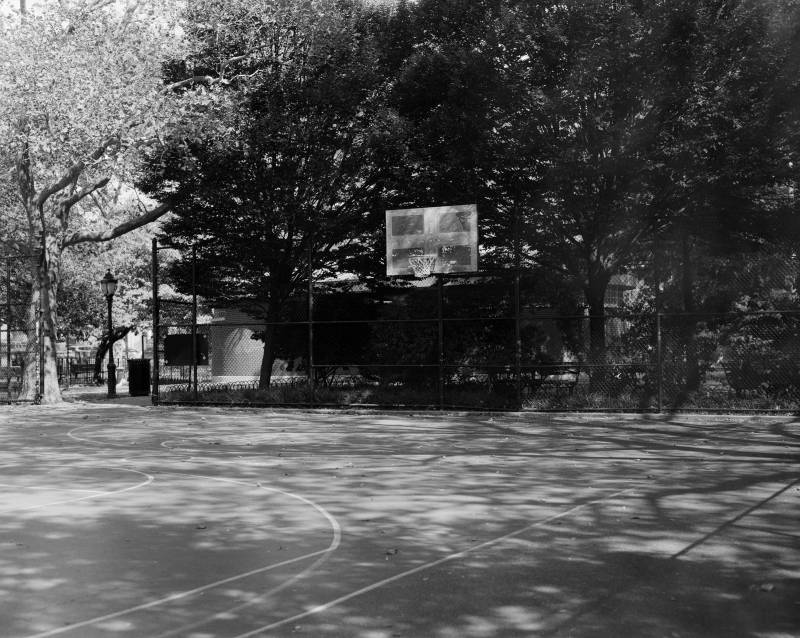
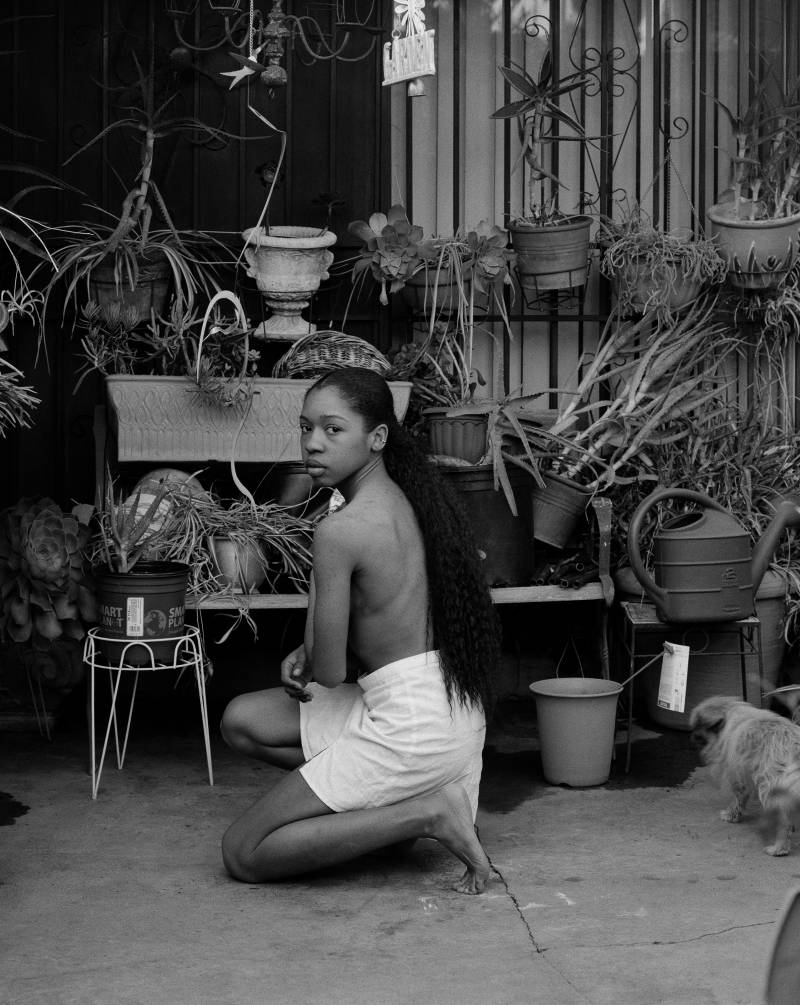
9(MDAxOTAwOTE4MDEyMTkxMDAzNjczZDljZA004))

